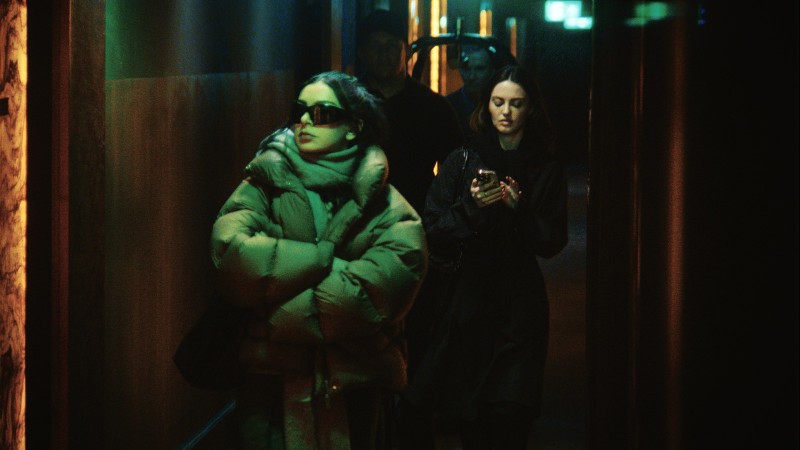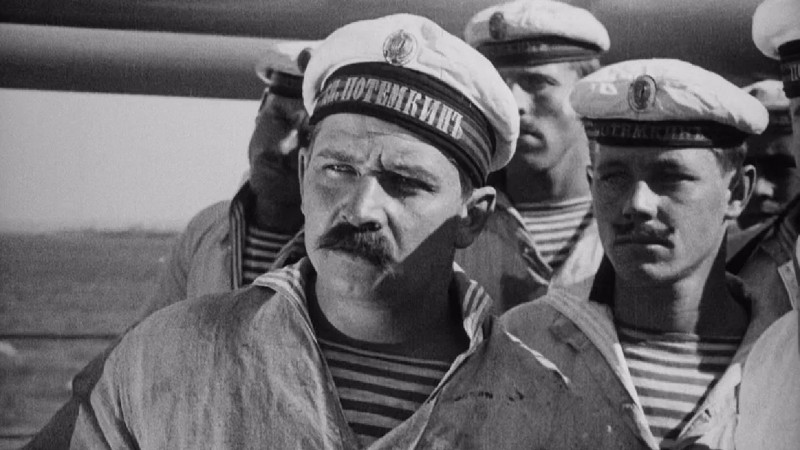Time Is Ours to Bend and Break

“I am not done yet” is not an uncommon response from artists who have been told that they’re to receive a lifetime achievement award. Few eighty-two-year-old filmmakers, though, can back it up. Werner Herzog can. After sincerely thanking Venice for the Golden Lion he’ll be awarded during the festival’s eighty-second edition (August 27 through September 6), Herzog added: “I work as always. A few weeks ago, I just finished a documentary in Africa, Ghost Elephants, and at this moment, I am shooting my next feature film, Bucking Fastard, in Ireland. I am developing an animated film, based on my novel, The Twilight World, and I am acting the voice of a creature in Bong Joon Ho’s upcoming animated film.”
- In the New Yorker, Richard Brody revisits the first piece Pauline Kael ever wrote for the magazine, “Movies on Television,” which ran in the June 3, 1967, issue. “Though full of sharp observations about the world of movies and her own relationship to it,” writes Brody, “the piece is also conservative and nostalgic, with a backward-looking incuriosity regarding a younger generation’s way of relating to films. For all its keen insights and far-reaching observations, ‘Movies on Television’ suggests why Kael remains a vexing influence in the history of cinema more than a half century later.”
- In John Ford’s How Green Was My Valley (1941), the story of a Welsh mining family in the Victorian era, “the gorgeous green hills linger in memory,” writes Alex Lei for Splice, “yet in life they’re corrupted by the slag, piling up over the decades until the place is a wasteland. So is the community, with its traditionalist parents and folk traditions birthing the new generations, yet they’re too stubborn and unmovable to join in the fight for their own survival. Instead, their sons leave for America as unprotected jobs get cut, and the soul of the community dissipates with everyone’s growing distrust—trying to lay blame on each other for their destitution instead of rallying against the mine owner who’s enriching himself by keeping all of them in poverty. Self-destruction becomes the way to resolve the tension, the slow suicide of doing nothing.”
- At the top of her latest Texte zur Kunst column, Gladstone Gallery director Alissa Bennett places two photos next to each other. The first, from 1941, is a photo-booth self-portrait of the future Marilyn Monroe modified in pencil by a fifteen-year-old Norma Jeane Baker “to amplify the artifice that would later become her metonymy.” The second, from the mid-1950s, is also drawn over—by an adolescent Candy Darling. A “flipped bouffant” encircles her face like an aura visible only to those willing to see. Bennett notes that “if the photograph of Baker describes a witchy invocation that joins longing with becoming, the photograph of Darling seems to more accurately gesture at something like correction. What seems true in both images is their authors’ shared belief that a person can wish themself into a different life.”
- In a Notebook piece, Mark Asch outlines the cut-up’s transition from a literary technique developed by William S. Burroughs and Brion Gysin to a filmmaking strategy. “When considering an avant-garde art practice that prioritizes intuition or arbitrariness,” writes Asch, “it’s easier to discuss the conceptual implications of the process than the aesthetic revelations of the work itself. In this case, one might say that The Cut-Ups”—the 1966 short Burroughs made with Gysin and Antony Balch—“represents the death of the author, foreshadowing eras of postmodern collage and posthuman automation, or that its discontinuity is of a piece with the psychedelic age, and leave it at that. But the film’s content is not secondary to its form. The dense interweaving of images from across the urban environment, combined with some knowledge of the Burroughs mythology, makes the experience of watching the film haunted and uneasy.”
- The new Millennium Film Journal features a long and rich conversation with Ben Rivers, a look back at last fall’s Wavelengths program in Toronto, thoughts on video work by Sara Cwynar and Christian Marclay, and Natasha Chuk’s essay on Gary Hustwit’s Eno (2024). Hustwit and artist Brendan Dawes have designed a software program, Brain One, that draws on thirty hours of interviews and five hundred hours of archival footage to generate a unique version of the documentary portrait each time the film is screened. “This fluid form circumvents the outdated constraint of a single, static film and shifts toward the creation of many films that are never the same twice, placing the film in a state of always becoming,” writes Chuk. “Eno’s approach to the creative possibilities of algorithmic systems seems to echo Gilles Deleuze’s film theories and philosophy of becoming, borrows from the history of experimental film and its influence on the interactive storytelling of computer games, and reflects the algorithmic creativity characteristic of Brian Eno’s career.”



